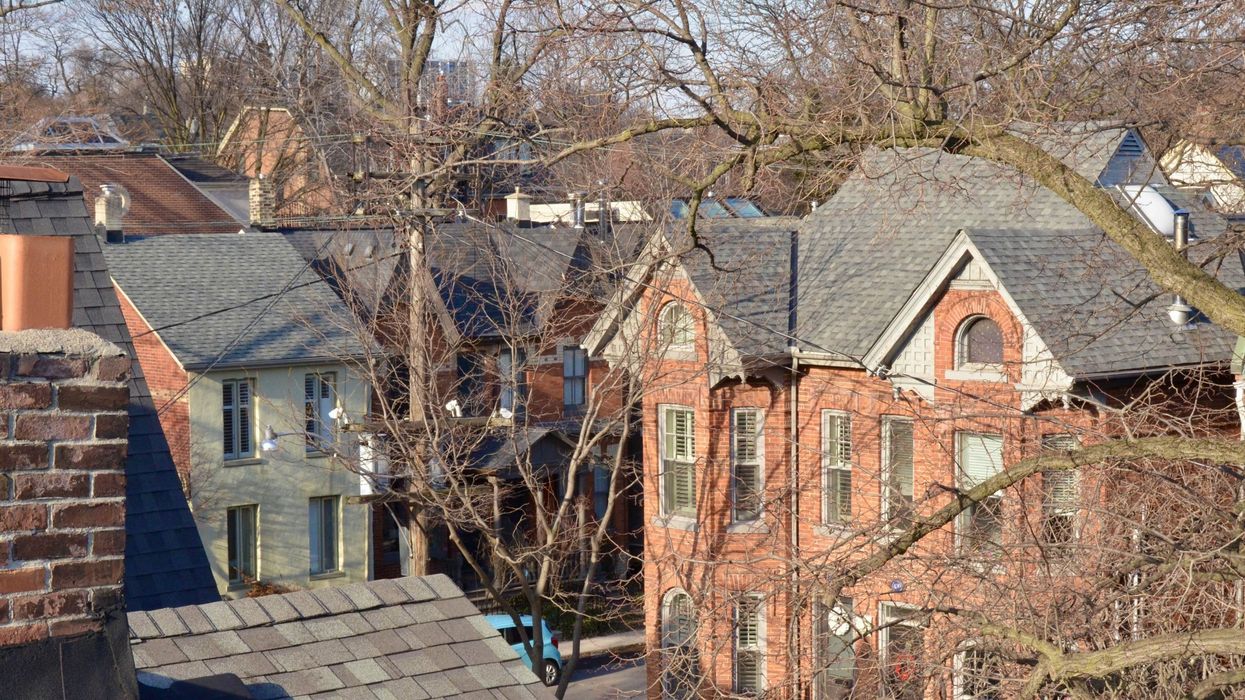There’s been considerable buzz building around interest rate hikes this year -- and it has transformed into a steady whir this week as the Bank of Canada is expected to announce another hike, this time at 0.5%.
But what does this actually mean for homeowners?
Homeowners and Rate Hikes
The standard math works out so that an increase of 0.5% on a $100,000 loan is a difference of approximately $26 per month. With the average mortgage in the GTA being just over $600,000, the average mortgage holder would see an increase of approximately $156 per month. And while that’s not enough to yet be considered a significant impact on the average Toronto household, with inflation already increasing the cost of, well, everything, it likely won’t tickle, either.
READ: More Borrowers Will Face Jumbo Stress Test Following Higher Rate Hikes
As interest rates have been climbing over the last year or so, budgets may already be feeling the squeeze. If more rate hikes are expected throughout the year -- and they are -- the compound effects will soon be significant. A good mortgage broker should recommend mortgage strategies that can mitigate and offset these increases.
A Carefully Selected Mortgage Can Help Offset Costs
In 2015, clients of mine (first-time homebuyers) were out window shopping in Parkdale, but instead of finding the antiques they'd set out to peruse, they found a home they wanted. So we helped them land a terrific mortgage solution. Then, in 2021, when that mortgage matured, we were able to get them renewed with a five-year fixed at 1.94%.
Fast-forward to Spring 2022 and a second child had arrived in their family. The family now needed a home they could grow into, so they sold their Parkdale home and purchased in High Park. By using the same mortgage lender, we were able to preserve the remaining four years of their fixed 2021 mortgage at 1.94% with the balance (approximately $500,000) lent out at the new rate of 4.14%.
With a portion at 1.94%, their monthly payment became $4,205. However, if the entire mortgage had been charged at the Spring 2022 level of 4.14%, that monthly payment would be $5,336 -- over $1,100 more per month. Even though this couple has a sizeable combined household income, an extra $1,100 would challenge them.
For Those Who Chose to Lock, We Salute You
If you chose to lock in a fixed rate over the last couple of years (anytime after March 2020) then you are probably enjoying a mortgage rate that may never be seen again. In 2012, our brokerage saw mortgages in the GTA average around $300,000, with interest rates in the 3-4% range. In 2022, that average mortgage is over $600,000 and interest rates have returned to that same historical range (3-4%).
Get Ahead of the (Rate Hike) Curve
An important note: The Bank of Canada doesn’t set fixed rates. Fixed mortgage rates are dictated by the commercial bond market. As the borrowing cost for businesses increases so will the borrowing cost for consumers. Variable rate mortgage products, on the other hand, are impacted by Bank of Canada changes.
Variable rate mortgages vary widely! You may think ‘duh’, but those differences may surprise you and end up costing you money, so now is the time to take a hard look at your specifics and do some planning. When rate increases start to bite, the terms and conditions of your mortgage will dictate how your monthly payment will change. Either your payment will increase, or it will stay the same. If the payment stays the same, it will simply mean less of that monthly payment is being applied to the mortgage principal.
READ: As Fixed Mortgage Rates Hit 4%, Fewer Buyers Can Afford to Lock In
The general rule is if the difference between a fixed and variable rate is 1% or more, the borrower should consider a variable solution. A 1% difference on $600,000 is $30,000 across a five-year term -- as I said, definitely worth considering!
So, figuring out if you have the ability to lock-in to a fixed rate while in the variable product is an important item to consider. How does the lender you’re considering deal with them? You need to know if you’ll be exposed to an inflated figure (that will likely keep inflating) or if that lender will provide you with a competitive offer.
Variable Rate and Adjustable-Rate Mortgages Are Not the Same Thing
First things first:
- Variable Rate Mortgages
- The monthly payment stays the same. If the rate increases, less is applied to the principal
- Adjustable-Rate Mortgages
- The monthly payment fluctuates with the rate increases and decreases.
This interest-rate environment is renewing interest in Moshe Milevsky’s Mortgage Financing: Floating Your Way to Prosperity. In this report, the well-regarded mathematician/analyst concluded that variable-rate solutions between 1950–2000 fared better, cost-wise, than fixed rate mortgages.
Lenders have hundreds, if not thousands, of mortgage ‘products’ and only an experienced broker can fit them to your current situation while also keeping in mind your long-term game plan. Look for reputable, patient mortgage brokers who will stick with you as your life and requirements change.
Remember, mortgage brokers work for you, not lenders, and that independence gives you some leverage and possibly some peace of mind as interest rates continue to rise.





















